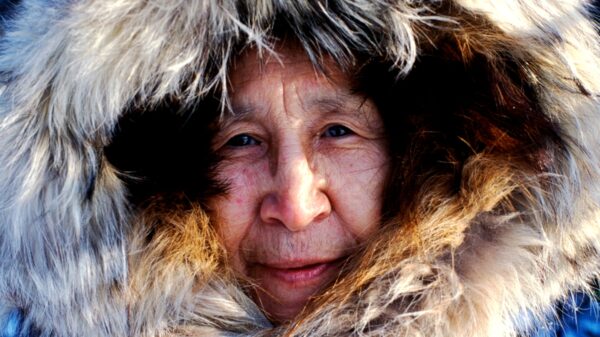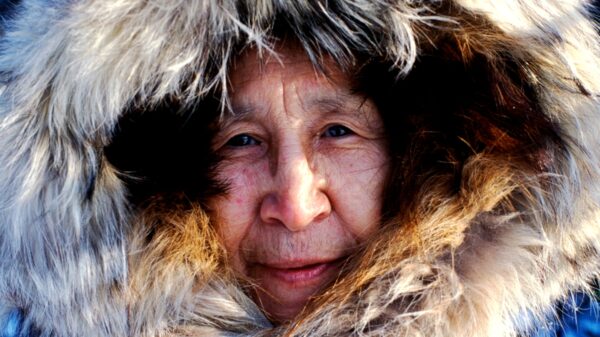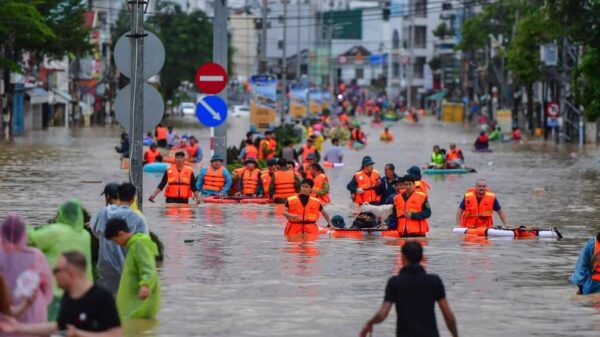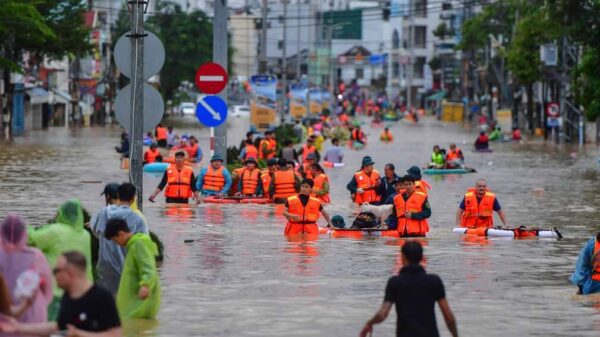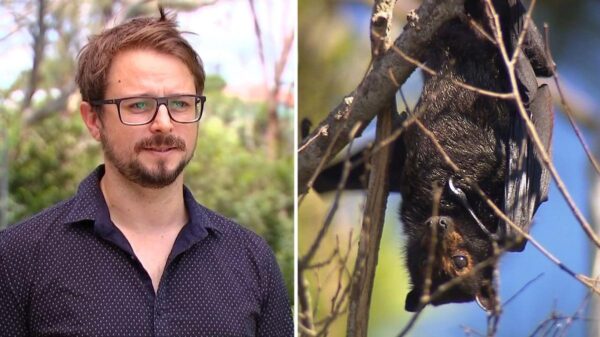Human evolution remains an ongoing process, contrary to the belief that civilization and technology have rendered us immune to natural changes. As societies advance, they continue to adapt, developing traits that enhance survival and success in varying environments. Notably, anthropological research highlights how cultural practices and environmental factors influence human evolution today.
The Role of Adaptation in Evolution
Adaptation is a core element of evolution, allowing individuals with advantageous traits to survive and reproduce. Over generations, these traits become common within populations. According to Michael A. Little, Distinguished Professor Emeritus of Anthropology at Binghamton University, State University of New York, human beings are still evolving in response to their environments, which now extend beyond natural elements to include cultural influences.
Human evolution encompasses a variety of traits, such as our ability to use tools and our complex social structures. These features have significantly contributed to the development of culture—a collective of ideas, beliefs, and practices that allow us to plan for the future and manipulate our surroundings. Although our cultural advancements have transformed our environments, they have not halted the evolutionary process.
Environmental Influences on Human Traits
Several key factors shape human evolution, including exposure to sunlight and dietary changes. For instance, ultraviolet rays from the sun can cause skin damage. Populations in sunny regions, such as the tropics, often have higher levels of melanin, which provides some protection against harmful rays. Conversely, individuals with lighter skin, found in cooler, cloudier climates, can produce vitamin D more effectively, demonstrating how environmental conditions influence genetic traits.
Over the past 10,000 years, humans have also adapted to dietary changes. As societies transitioned from hunting and gathering to agriculture, they began to domesticate animals for food. This shift led to the ability of some individuals to digest lactose into adulthood, a trait that became prevalent in cultures where dairy was a significant food source. This phenomenon illustrates the concept of cultural and biological co-evolution, where cultural practices directly impact genetic evolution.
Specific populations, such as the Inuit in Greenland, have developed unique adaptations. Their genetic makeup allows them to metabolize fats effectively, mitigating the risk of heart disease. Similarly, the Turkana people in Kenya possess genes that enable them to survive long periods without water, showcasing the diverse evolutionary paths shaped by environmental challenges.
Evolutionary Responses to Disease
Throughout history, humans have faced numerous infectious diseases that have influenced evolutionary trajectories. The bubonic plague, which devastated Europe in the 14th century, resulted in the deaths of approximately one-third of the population. Survivors often carried a gene that conferred resistance to the disease, allowing them to thrive in subsequent epidemics. This pattern of natural selection highlights how disease can drive evolutionary change.
More recently, the emergence of COVID-19 in 2020 has also underscored the role of evolution in human health. Vaccinations have proven effective in saving lives, but some individuals may possess genetic resistance to the virus. As such, ongoing exposure to pathogens may further influence human evolution, potentially enhancing resistance in future generations.
In summary, human evolution is an active process shaped by both environmental and cultural factors. The adaptability of our species continues to play a crucial role in our survival and development. As research progresses, it becomes increasingly clear that evolution is not a relic of the past but a dynamic force that shapes humanity’s future.




